When and how to transplant phlox?
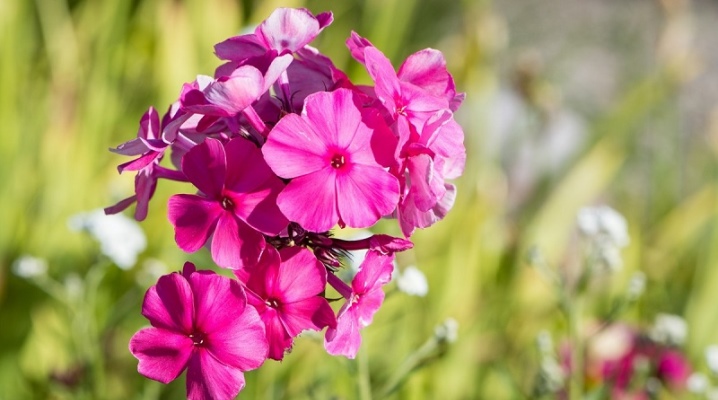
Colorful and lush phloxes are the adornment of any garden plot. Of course, when transplanting, gardeners are extremely interested in not harming the plant and transporting it from one place to another in the safest way.
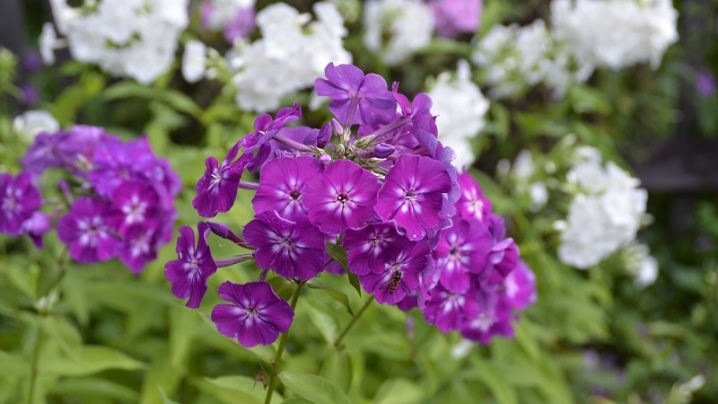
Transplant timing
You can transplant phlox from one place to another at different times. In autumn, the procedure is best done in August and early September. In warm southern regions, the procedure is possible in October, but, for example, in the Moscow region, given the likelihood of low temperatures even in September, it is better to complete everything in the first weeks of autumn. A timely transplant allows phloxes to get used to a new place before the frost begins. The advantages of this particular period include the fact that flowering phloxes will sprout next spring.
The spring transplant is not so successful. The main problem is that it is very easy to damage the plant during this time when digging up. Since the development of the plant begins even before the snow melts, it will be possible to injure young roots during transplantation. It is better to transplant in the spring from the end of April to the second half of May. Phloxes that have undergone spring transportation bloom a little later.
Often the plant must be transplanted in the summer, right during flowering. This should be done in such a way as not to harm the shrub and not disrupt the development of the inflorescence. As a rule, an emergency summer procedure is carried out due to the need to rejuvenate the bush, with depletion of the soil, the appearance of diseases or pests. The reason may be the usual change in the location of the entire flower garden. Such transportation of shrubs can be carried out in June and July, but it is better to carry it out on a cloudy day in the morning or late in the evening. It is in the summer that the transplant is carried out together with an earthen lump.


Seat selection
When changing the former habitat of phlox to a new one, it must be remembered that plants prefer rich and loose soils, additionally enriched with sand and peat. Since phlox are good for excess moisture, they can even be located in that part of the site where the groundwater is close to the surface. This will reduce the time spent on planting irrigation. The place may be shady, but it is important to ensure that no fruit trees or shrubs are located nearby - such a neighborhood harms phlox... In general, it is much more correct to choose well-lit spaces, but protected from direct sunlight. Phloxes will feel good in the shade of outbuildings, which will not only create diffused light, but also turn out to be an obstacle to winds and drafts.
Phloxes prefer neutral soils. If the acidity level is increased, then it can be balanced by adding lime or wood ash in small quantities. Heavy clay areas require the addition of disinfected river sand, which is used in such a way that about 10 kilograms per square meter. If desired, the substance is mixed with fine peat. After distributing the additive over the site, it is necessary to dig up the soil by immersing the shovel 15–20 centimeters. Sand with peat is responsible for preventing root rot and mold.
It is important that the soil mixture contains the required amount of nutrients. Organic fertilizers are applied in the spring in the form of humus or rotted compost. At the same time, mineral complex compounds are also used, which necessarily contain potassium, phosphorus and nitrogen.
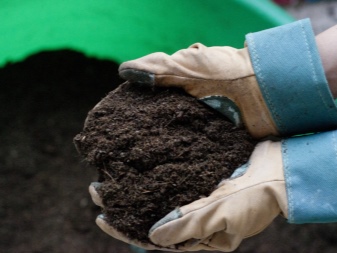
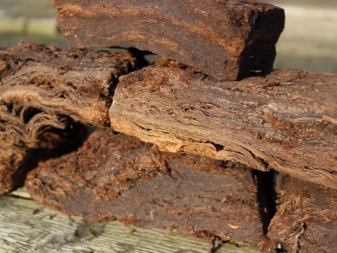
Step-by-step instruction
All types of transplants are carried out in a similar way. The only exception is the summer procedure, during which you cannot divide the shrub or free it from the earthen coma. A new site is being prepared about half a month before the planned landing. The earth is dug up, weeded out of weeds, and also freed from the remnants of the roots of other plants. At the same time, the site is enriched with the necessary fertilizers. In autumn, in addition to traditional potash-phosphorus complexes, compost, humus and wood ash are also introduced. The site is watered abundantly, just like the phlox itself.
New holes are dug in such a way that a gap of 50 centimeters remains between them. If the variety is tall, then the distance can be increased to 60 centimeters.
The depth of each hole should be 30 centimeters, of which 25 will allow the root system to sit comfortably, and 5 will provide additional protection during the winter cold.
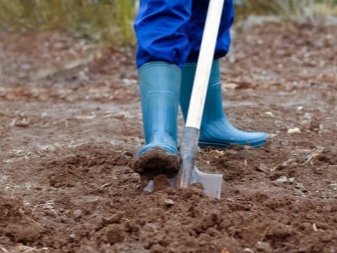
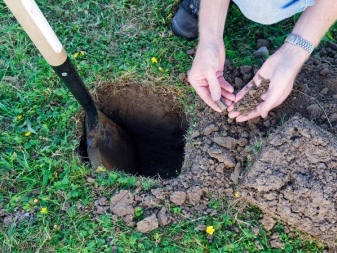
Each bush is carefully lifted out of the ground with a fork so as not to damage the roots. Large bushes are divided into separate cuttings and freed from excess shoots, which helps to preserve nutrients. However, it is important that at least a few leaves remain on the shoot, and the skin is tough and dry. Each delenka should have from 4 to 6 developed stems with a powerful root system. Those roots whose length exceeds 20 centimeters are shortened - the optimal interval is considered to be from 15 to 20 centimeters. The pit is soaked with one or two liters of water, after which the phlox is located in the middle.
It is important that the neck is covered with earth at least 5 centimeters from the surface level. It is not necessary to deeply deepen the phlox, since its root system still grows superficially. The shrub is covered, the earth is compacted, and the phlox is re-irrigated. If necessary, more earth is poured under the bush, and the planting is mulched. In the spring, the transplant is carried out in the same way, only it is additionally recommended to add complexes with a nitrogen content. In the summer, as mentioned above, phloxes are transplanted together with an earthen clod.
In this case, the roots are not shortened, and the foliage is not removed, since an abundance of green mass is necessary for the successful implementation of metabolic processes. In this case, only dried flowers have to be removed.
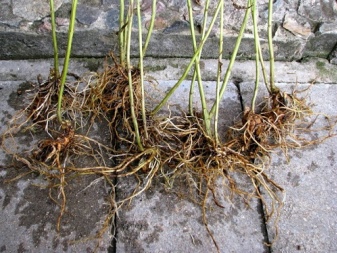
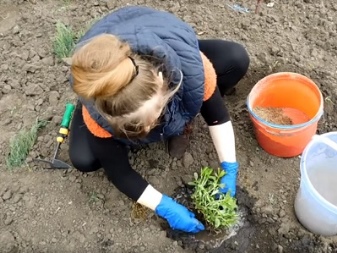
Follow-up care
A freshly transplanted phlox needs proper care for better rooting. It is important to weed the plantings on time and water regularly. The soil should receive a sufficient amount of moisture, but not be waterlogged, so it is better to focus on its condition. For example, if it rains too often, the frequency of irrigation should be reduced, and if there is a drought, then, on the contrary, increase. It is imperative to loosen the soil, which prevents the formation of a crust and promotes better oxygen transport.
For mulching, humus, peat and straw manure are used, which are taken in equal proportions. It is better to take liquid fertilizing. Faded buds and dead branches should be cut off immediately.
Immediately after moving the shrub to a new place, watering should be carried out every couple of days until complete rooting and development continues. Then the frequency of the procedure is reduced, but top dressing is introduced in the form of a solution of mullein, manure or saltpeter, used in an amount of 15–20 grams per bucket of water.
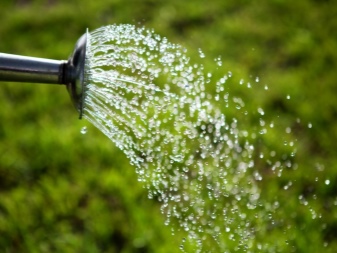

Advice
During transplantation, novice florists have a number of the same mistakes, which can be avoided by the advice of experienced specialists. For example, a winter shelter is not allowed to be removed too late. The fact is that phlox development resumes before the snow has melted, and any coating slows down this process... In addition, an unhealthy microclimate with high humidity develops under the shelter, which contributes to the development of diseases and the appearance of insects. In addition, shrubs should not be planted without maintaining sufficient spacing between individual specimens.
When phloxes are too close, ventilation is disrupted, which again leads to disease and pest attacks. In addition, close proximity leads to a lack of nutrients for its individual representatives. It is extremely important to comply with the timing of transplantation in the spring, otherwise the phlox will not have time to adapt to a new place, and, therefore, to bloom.
In general, the main thing is to understand why phloxes are transplanted at all. The fact is that, living for a long time in the same place, the plant, on the one hand, depletes the soil for nutrients, and on the other, begins to degenerate... Refusal to move leads to the fact that the size of the inflorescences decreases, the flexibility of the leaves decreases, and the flowering period is reduced. As a result, a weakened crop becomes increasingly sick and becomes a target for pests. Experienced gardeners transplant phlox every five to six years, not counting emergencies.
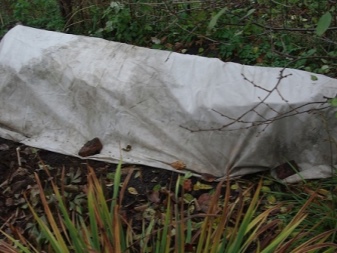
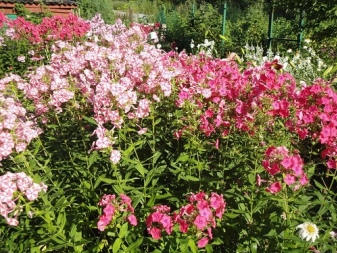
They also perform the procedure with excessive growth of the bush, since thickening contributes to the development of diseases due to poor ventilation and excessive moisture.
For information on how to transplant phlox correctly, see the next video.







































































































The comment was sent successfully.